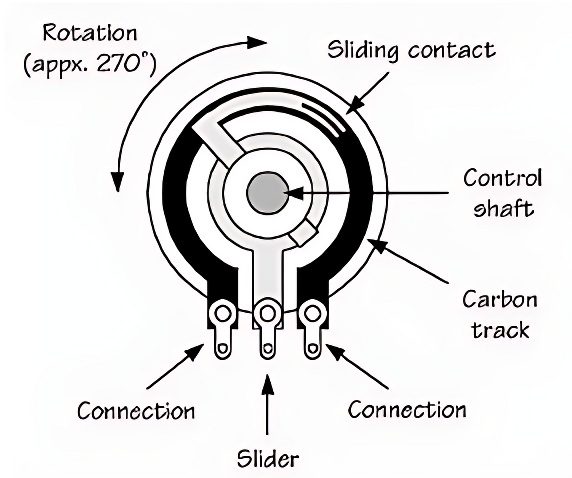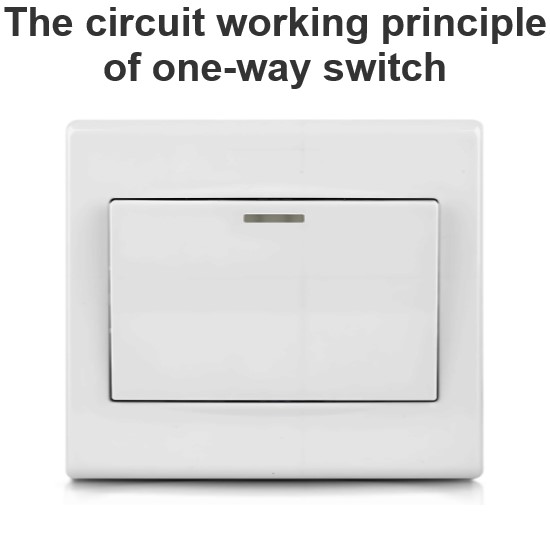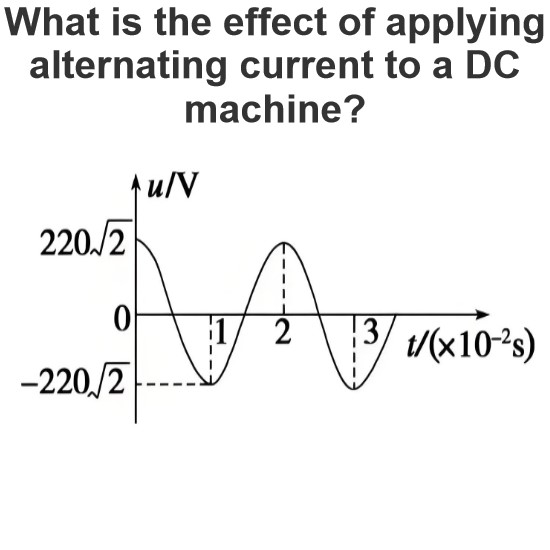What is a Variable Resistor?
What is a Variable Resistor?
Variable resistor definition
Resistor whose resistance can be adjusted as needed. It is a common component in electronic circuits that allows current or voltage to be adjusted according to Ohm's law.
Basic structure of variable resistor
A variable resistor usually has three terminals: two fixed terminals at the end of the resistance track and one removable terminal (cursor). Depending on how the terminals are connected to the circuit, a variable resistor can be used as a rheostat or potentiometer.

Variable resistor working principle
A variable resistor works by changing the length of its resistance track. Moving the wiper contacts along the track adjusts the resistance between the terminals.
Variable resistor operating characteristics
Resistance range: Minimum and maximum possible resistance values
Linearity: Indicates the proportional change in resistance with the cursor position.
Applications of variable resistors
Audio control: Variable resistors can be used to adjust the volume, tone, bass and treble of sound systems, radios, headphones, speakers, etc.
Television: Variable resistors can be used to adjust the color, brightness, contrast, and position of images on the TV screen.
Motion control: Variable resistors can be used to control the speed, direction and torque of motors, steering engines, fans, pumps, etc. They are usually connected as rheostat to change the current passing through the load.
We aim to gather electrical knowledge and share it with others.













